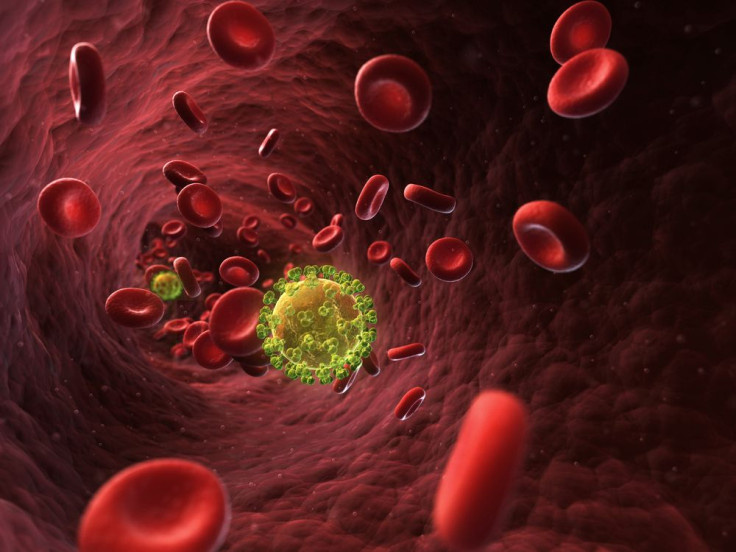The Genetics Of Human Immunodeficiency Virus: Understanding How HIV Enters T-Cells

A virus contains its own genes, but it is able to replicate only when it gets inside the cells of a host organism. A new study examines the genetic code of human immunodeficiency virus (HIV) to see how variations might determine the course of a patient's infection. Researchers from Children’s Hospital Los Angeles discovered a single difference in HIV’s genetic code in two locations will alter the way the virus infects T-cells — and so impact the severity of a patient's symptoms.
For some time now, researchers have known that HIV targets CD4+ T-cells, a type of white blood cell that plays an important role in organizing the body’s immune response to pathogens (such as invading viruses and bacteria). To enter these cells and then gradually infect the entire immune system, HIV exploits one of two different receptors on the surface of a person’s T-cells: either CCR5 or CXCR4 — usually referred to as R5 and X4, respectively.
While nearly every HIV infection uses the R5 "door" to enter T-cells, the virus, in about 50 percent of all patients, will suddenly switch and begin to use the X4 "door" instead.
Since antiretroviral drugs focus on the R5 receptor, this switch to X4 renders these drugs useless and so usually signals a worsening of a patient’s symptoms.
The researchers of the current study, led by Dr. Grace Aldrovandi, chief of the hospital’s division of infectious diseases, took a closer look at the envelope that surrounds HIV. Once it comes into contact with host T-cells, this envelope gains and mingles with some material from the patient’s host cell.
Past studies of one glycoprotein on the surface of the HIV envelope has shown it contains a bridge structure connecting five constant regions (labelled C1 through C5) and five variable regions (labelled V1 through V5). Scientists also know that a signal from the V3 region helps to decide which receptor — either the R5 door or the X4 door — HIV will use to infect the T-cells of a patient.
For the current study, the researchers isolated viral envelopes with identical V3 sequences. Though they were the same, they used different receptors to enter T-cells. After comparisons and testing, the researchers discovered slight genetic changes in the C2 region and also in the bridge structure help to control receptor choice along with the V3 region. In other words, three components of the HIV genetic code decide how it enters T-cells and when it decides to switch from using one door and use instead the other door.
“In this study, we have uncovered new ways this wily virus can escape the control of anti-HIV treatments,” Aldrovandi stated in a press release. Not for long. This study is proof of the continuing quest to better understand one killer virus and so adds to the knowledge of all viruses.
Source: Lombardi F, Nakamura KJ, Chen T, et al. A Conserved Glycan in the C2 Domain of HIV-1 Envelope Acts as a Molecular Switch to Control X4 Utilization by Clonal Variants with Identical V3 Loops. PLOS ONE. 2015.



























